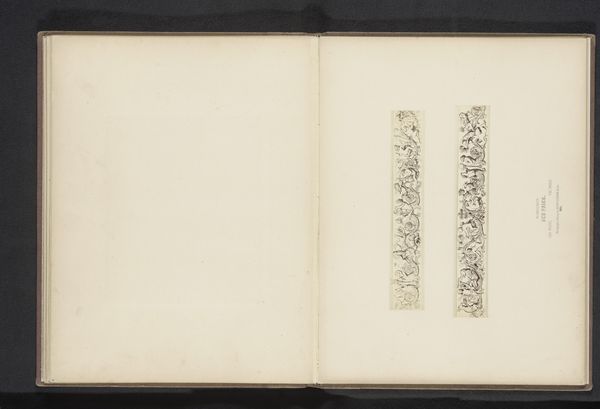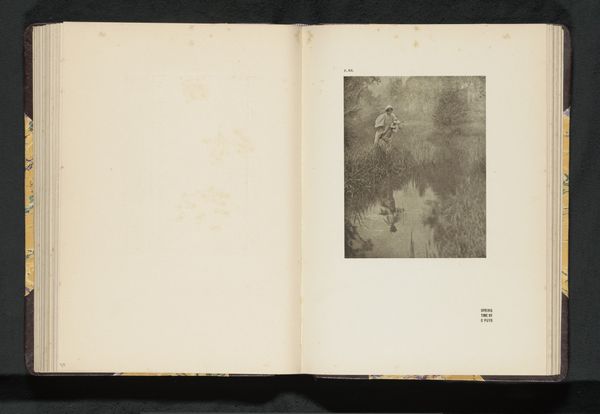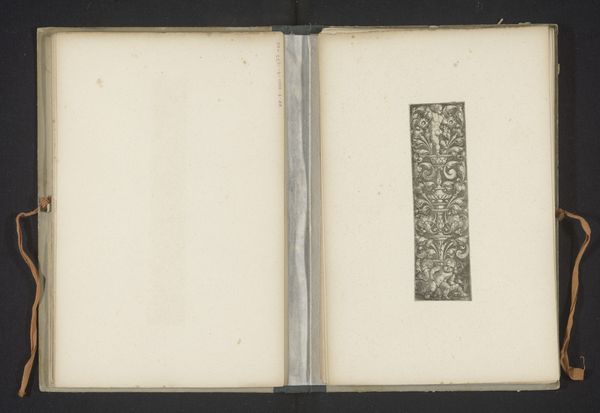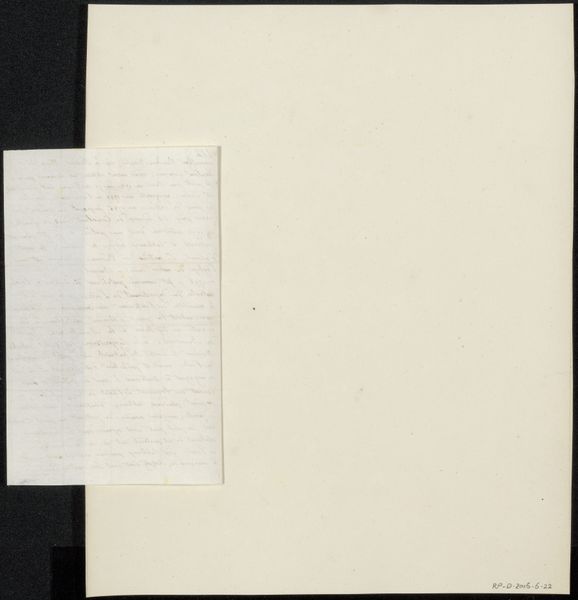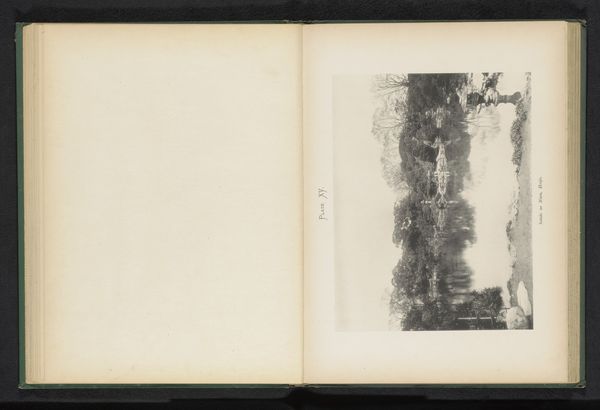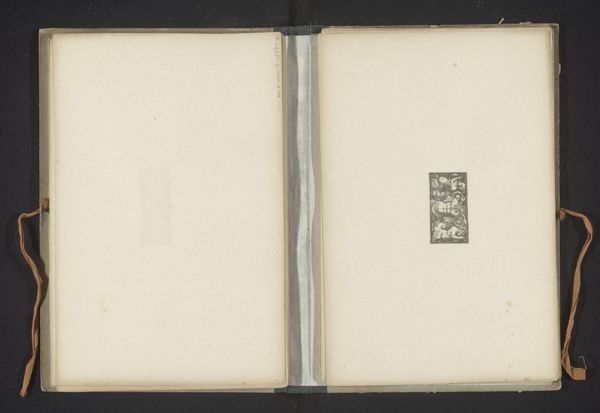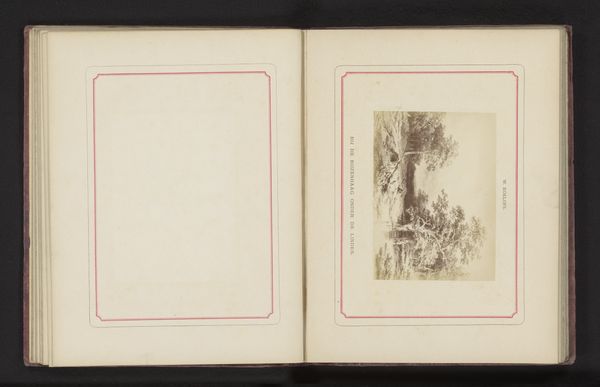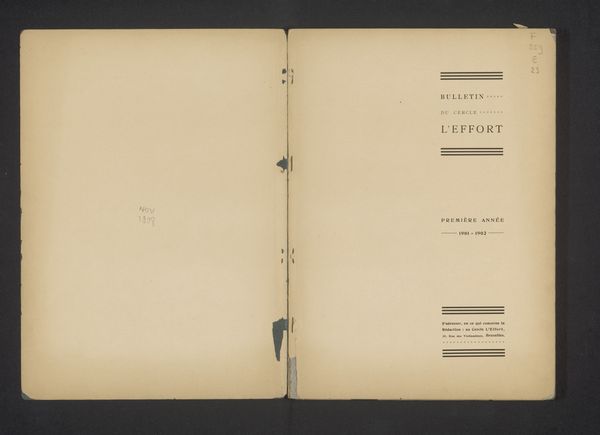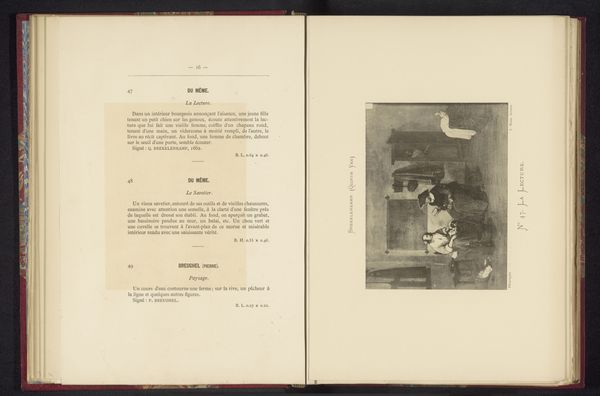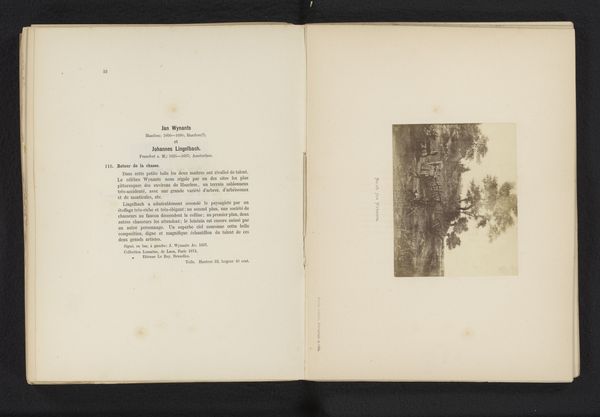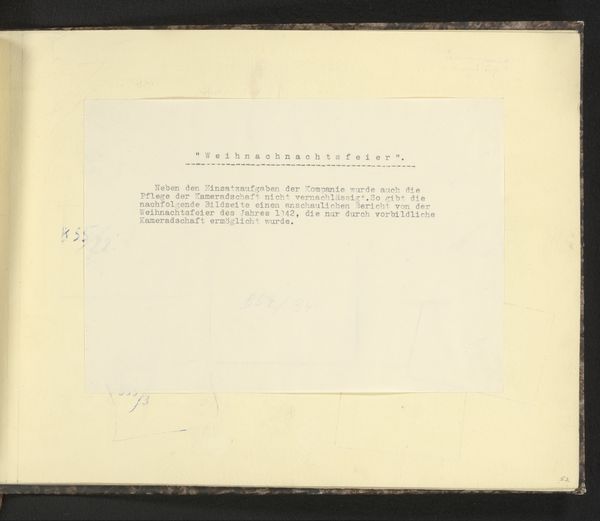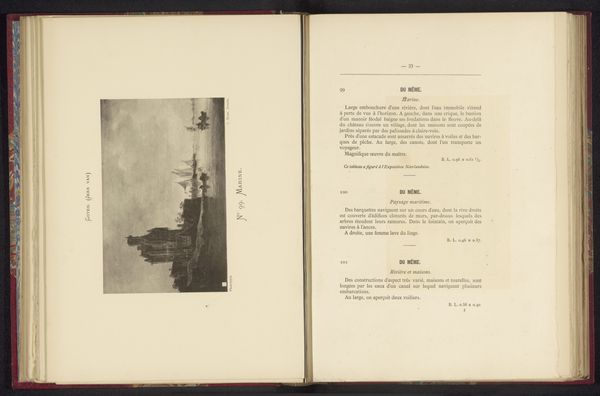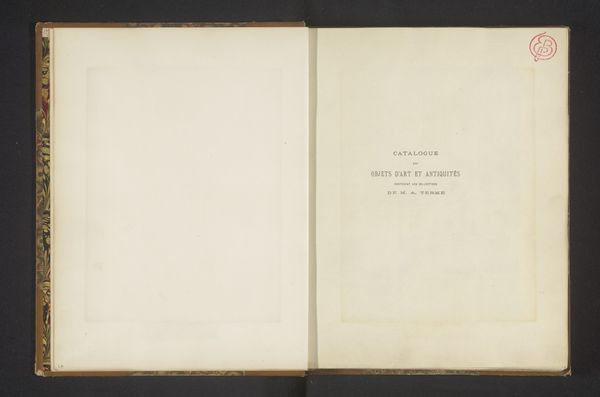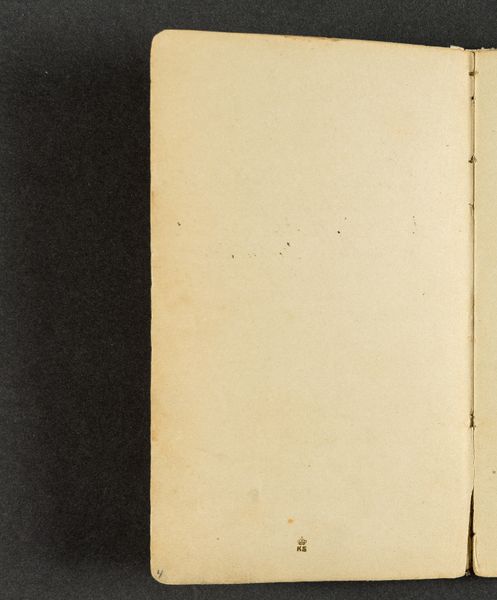
Seitei’s Birds and Flowers Painting Manual 1891
0:00
0:00
Dimensions: 9 5/8 × 6 11/16 in. (24.5 × 17 cm)
Copyright: Public Domain
Editor: This is "Seitei's Birds and Flowers Painting Manual," dating back to 1891 by Watanabe Seitei. It’s ink and color on paper. The delicate calligraphy just seems to float on the page. How do you interpret this work as an image-maker? Curator: It's fascinating how something like this manual transcends its utilitarian purpose, doesn't it? I'm drawn to how each ideogram isn't merely a character, but also a vessel of accumulated meaning and aesthetic consideration. Look at the choices in brushstroke—do you notice how they suggest the essence of each bird or flower through symbolic economy? Editor: Yes, definitely. It’s like the writing itself is a miniature painting! Is that connection common in Japanese art from this period? Curator: Absolutely. Calligraphy was regarded as one of the highest art forms, closely intertwined with painting. The cultural memory embedded in these symbols—the bird representing freedom, the flower signifying ephemeral beauty—are deeply ingrained in the Japanese psyche. Can you feel the weight of history pressing onto the page? Editor: I think so. It makes me consider the responsibility of creating images, knowing how they might resonate through time. Curator: Precisely. An image, no matter how small, is a carrier of cultural DNA. And manuals such as this pass on conventions from one generation to the next. How does viewing this impact your thoughts about contemporary image-making? Editor: It makes me wonder how future generations will read our symbols. The thought is definitely humbling and creatively exciting at the same time! Curator: It also leaves me considering the cross-pollination between language and image and art over time.
Comments
No comments
Be the first to comment and join the conversation on the ultimate creative platform.
